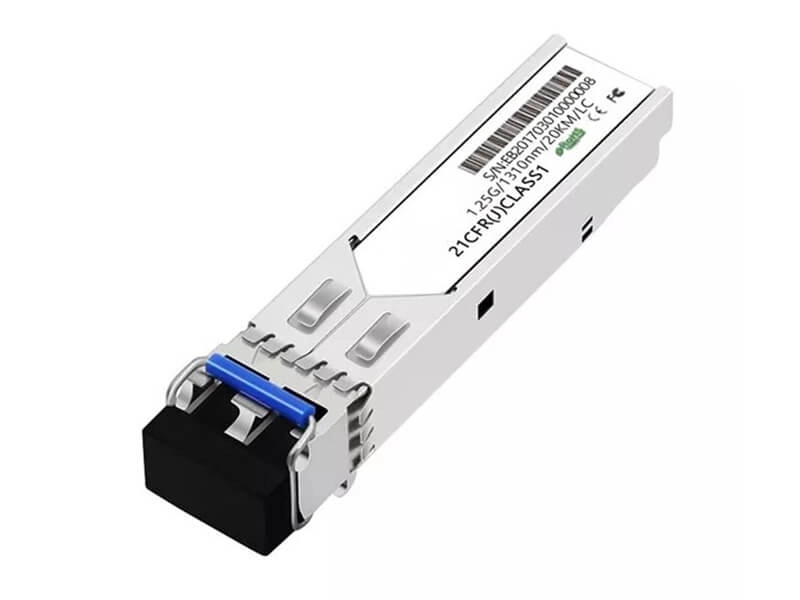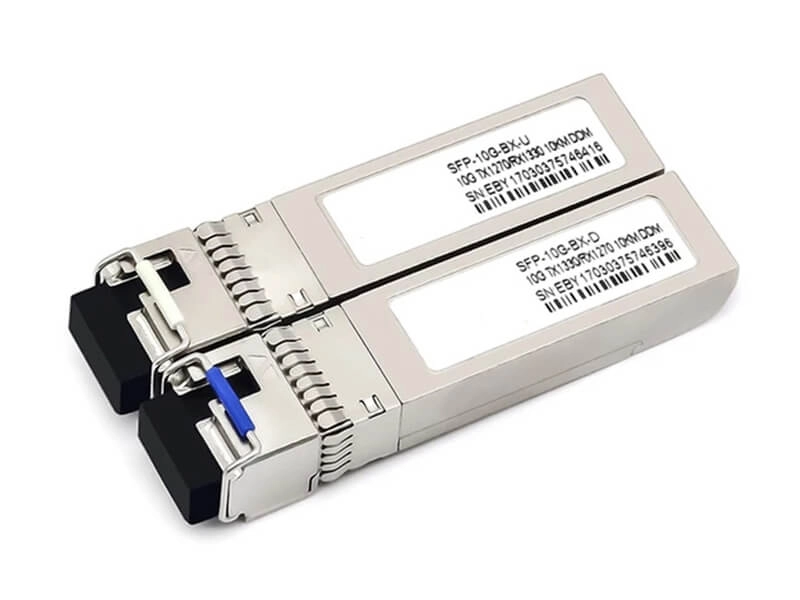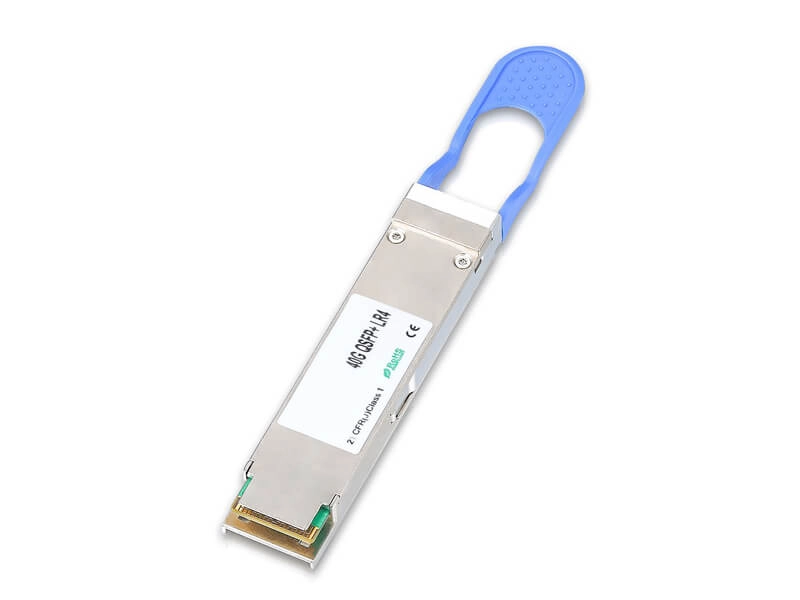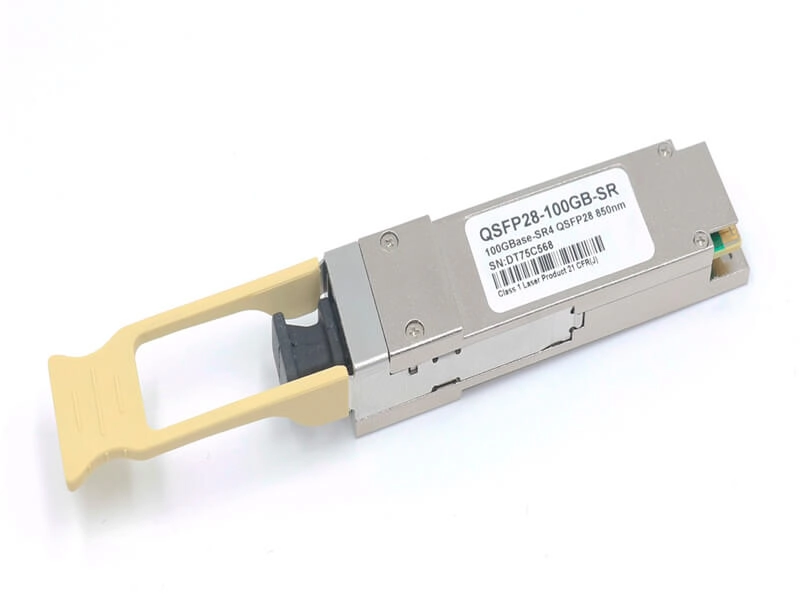Fiber Optic SFP Transceiver Module
What is An Optical Module?
Optical module, also called fiber optic transceiver, is a typically hot-pluggable device used in high-bandwidth data communications applications. Transceiver modules typically have an electrical interface on the side that connects to the inside of the system and an optical interface on the other side that connects to the various devices through a fiber optic cable. An optical module functions as a photoelectric converter which converts the electrical signal into light and vice versa.
How Many Types of Optical Modules?
The GBIC was the earliest 1G module. The SFP interface was designed after the GBIC interface, and due to its smaller size, SFP is sometimes known as Mini-GBIC. SFP modules are commercially available with capability for data rates up to 100M or 1000M/1G. A variant standard, XENPAK module which is capable of 10Gbit/s is designed in 2001. However, advances in technology led to more compact form factors for 10 Gigabit Ethernet applications. Soon after 2001, two related standards emerged: XPAK and X2. Later on, vendors generally changed to use XFP modules for longer distances, and SFP+ modules for high density. As escalating demand for higher speed and bandwidth, 25GbE optics like SFP28 Modules, 40GbE optics like QSFP/QSFP+ modules, and 100GbE optics like CFP transceiver and QSFP28 modules are being widely used.
How to Choose Satisfied SFP Transceiver Modules?
When choosing SFP modules, you should consider whether it matches the switch port and the cable you have prepared. If you have multimode cable, then you can choose ,multimode SFP. If you use single-mode fiber cable, you should select singlemode SFP. While if your cable is copper category, you have to use copper SFP. On condition that your budget doesn’t allow you to buy original brand module, you can buy the third-party ones.

